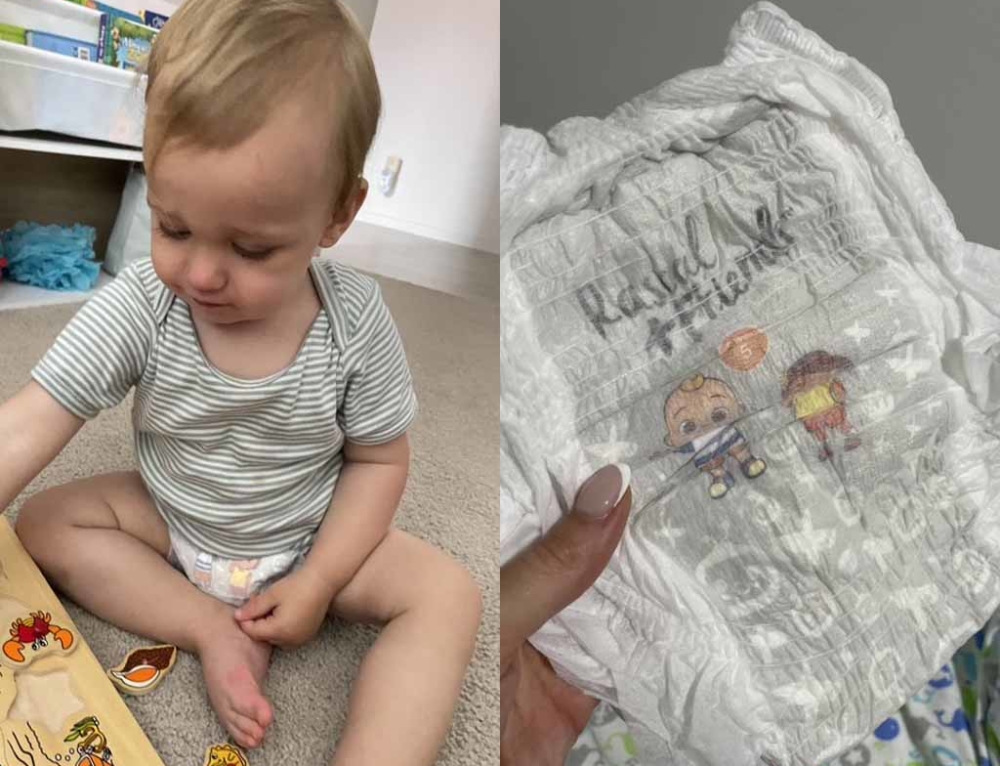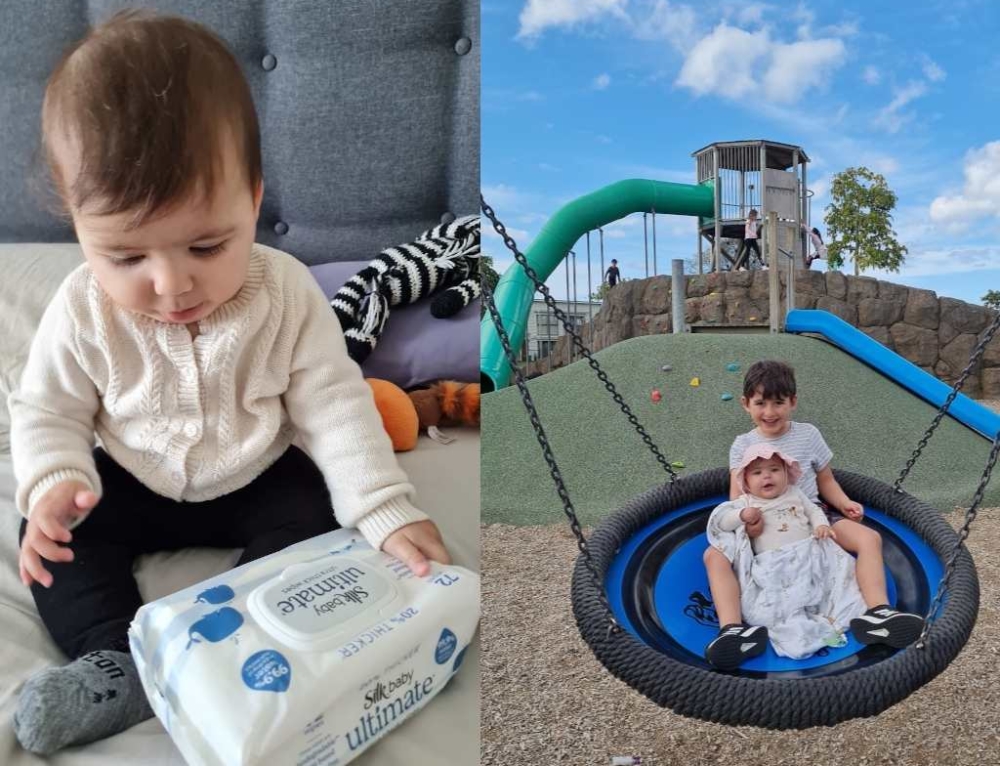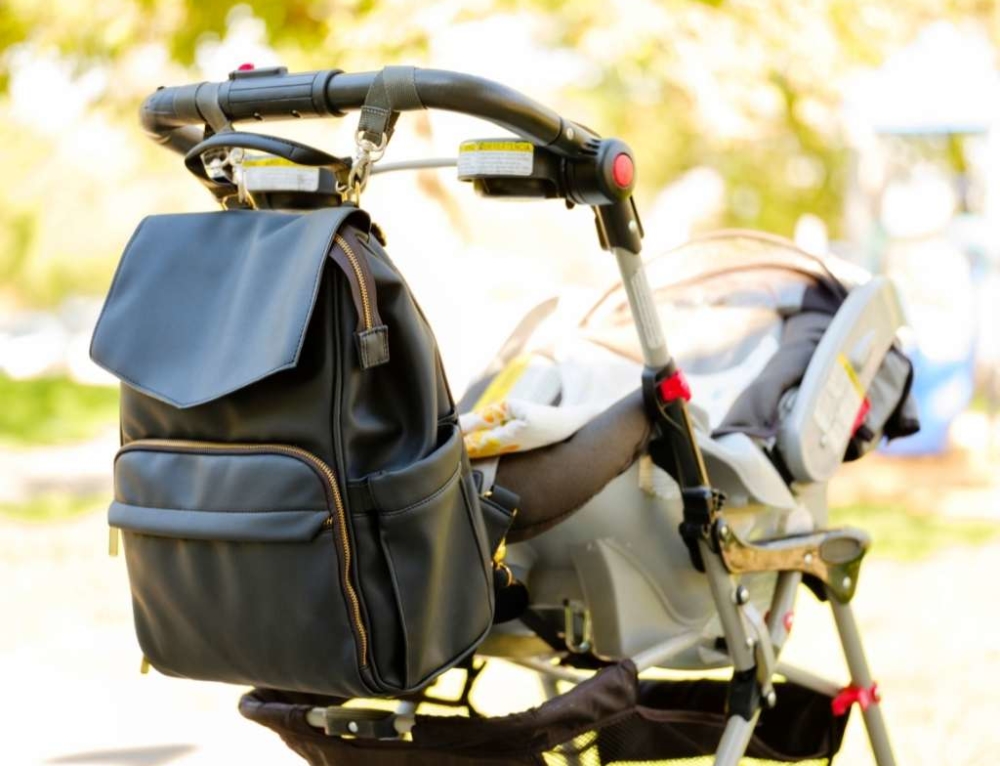An important part of establishing healthy sleep habits is making sure your baby can fall asleep on his own after waking in the middle of the night. No parent wants to spend years tending to a crying child. Some babies naturally learn to self-sooth, while others need some coaching. There are a number of different teaching approaches – all of which will work if used consistently. It’s just a matter of finding a method that you’re comfortable with. Only start sleep training when your baby is physically thriving, doesn’t have an illness and isn’t teething. If you delivered prematurely, ask your pediatrician if your baby is nutritionally ready to skip nighttime feedings.
Just because your baby is four months old doesn’t mean you have to adhere to any sleep training techniques. If you’re happy with the way your baby is sleeping – even if that means getting up multiple times in the middle of the night – then that’s fantastic; keep doing what you’re doing. Co-sleeping won’t allow for any rigid sleep training, however, many families co-sleep well into the preschool years; They find it to be comforting, nurturing and natural. Every child eventually learns how to sleep, but some experts believe the longer your baby is soothed to sleep, the harder it will be to break the habit.
Before you start researching sleep-training methods, there are certain measures you should take regardless of your philosophy:
- Make sure your baby is on some kind of a schedule throughout the day, with fairly predictable nap times.
- Put your baby to sleep after two to three hours of wake time to prevent overtiredness. If a baby is too exhausted, he will become frantic and have a much harder time falling asleep.
- Feed your baby more during the day to make sure that all of his kilojoule requirements are met. Not only will it fill up your baby’s tummy, but it will also teach that eating is for the day, not the night.
- Stick to your consistent bedtime routine.
- Learn to wait out the whimpers. Jumping up every time your baby makes a sound will cause him to always rely on you to fall back to sleep. Your baby might surprise you and fall asleep before the real crying starts, making sleep training unnecessary.
Explore different options, even outside of what your expert-of-choice preaches. Some babies will scream their heads off as soon as mommy leaves the room, but will peacefully put themselves to sleep – without patting or rocking – as long as your presence is above them. On the other hand, some babies subscribe to the ‘out of sight, out of mind’ philosophy, continuing to fight sleep as long as you’re in eyeshot. No approach is one-size-fits-all; use the books and articles as general guides rather than law.
It’s nice to have guidance from sleep experts, but at the end of the day you should follow your own intuitions on what works best for your particular baby, and what he needs at the moment. Most parents would agree that consistency and patience are instrumental in creating a healthy sleep environment, regardless of your approach.
There is probably an entire section in your bookstore dedicated to sleep training techniques, but there are two main approaches: “cry it out” and “no tears.” Crying it out is quicker, yet more emotionally trying for parents; while No Tears is a more gentle approach but can take a lot longer.
Related stories:
Best baby sleep advice
Co-sleeping
Linda Drummond wrote this article for Kidspot, New Zealand’s leading pregnancy and parenting resource.







Leave A Comment
You must be logged in to post a comment.